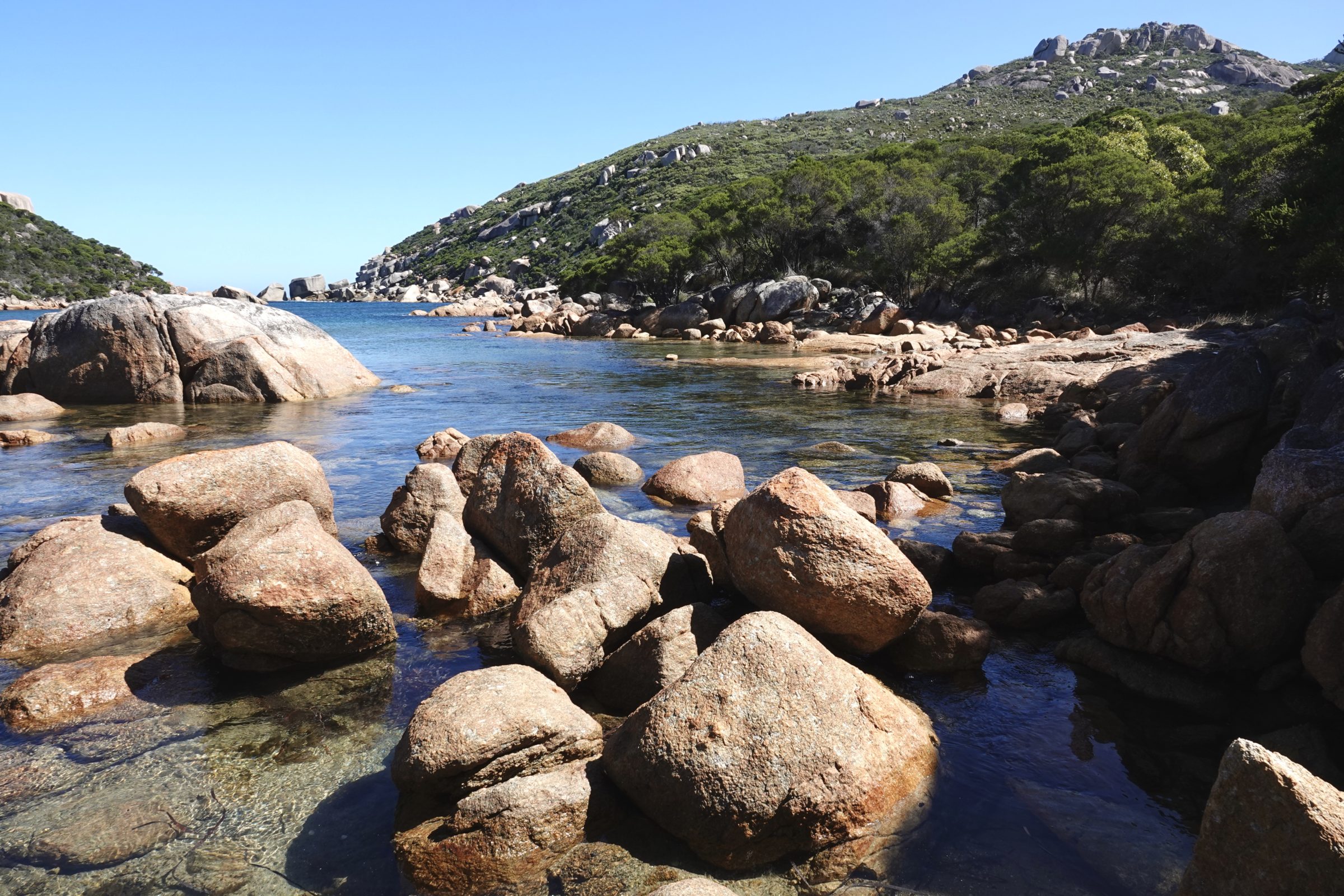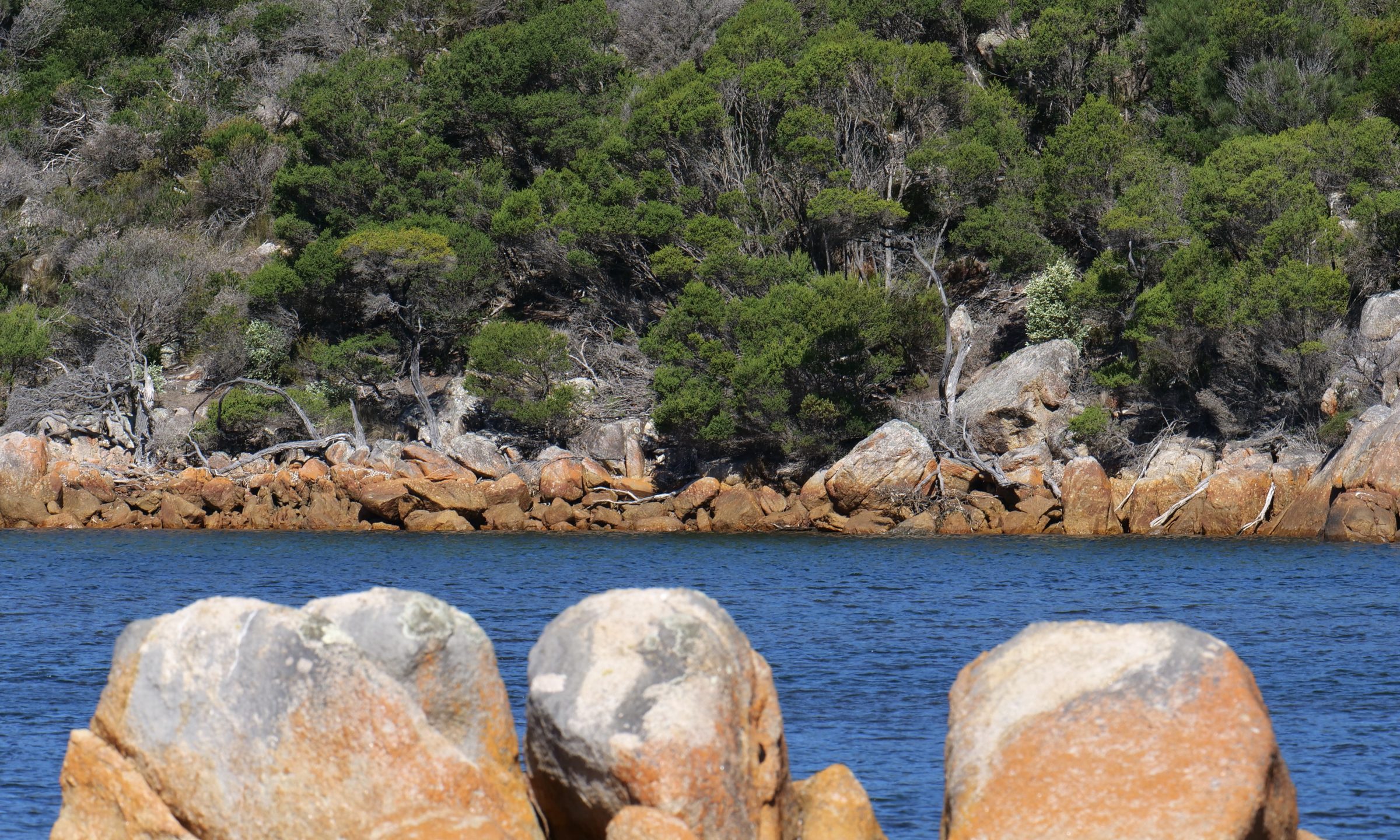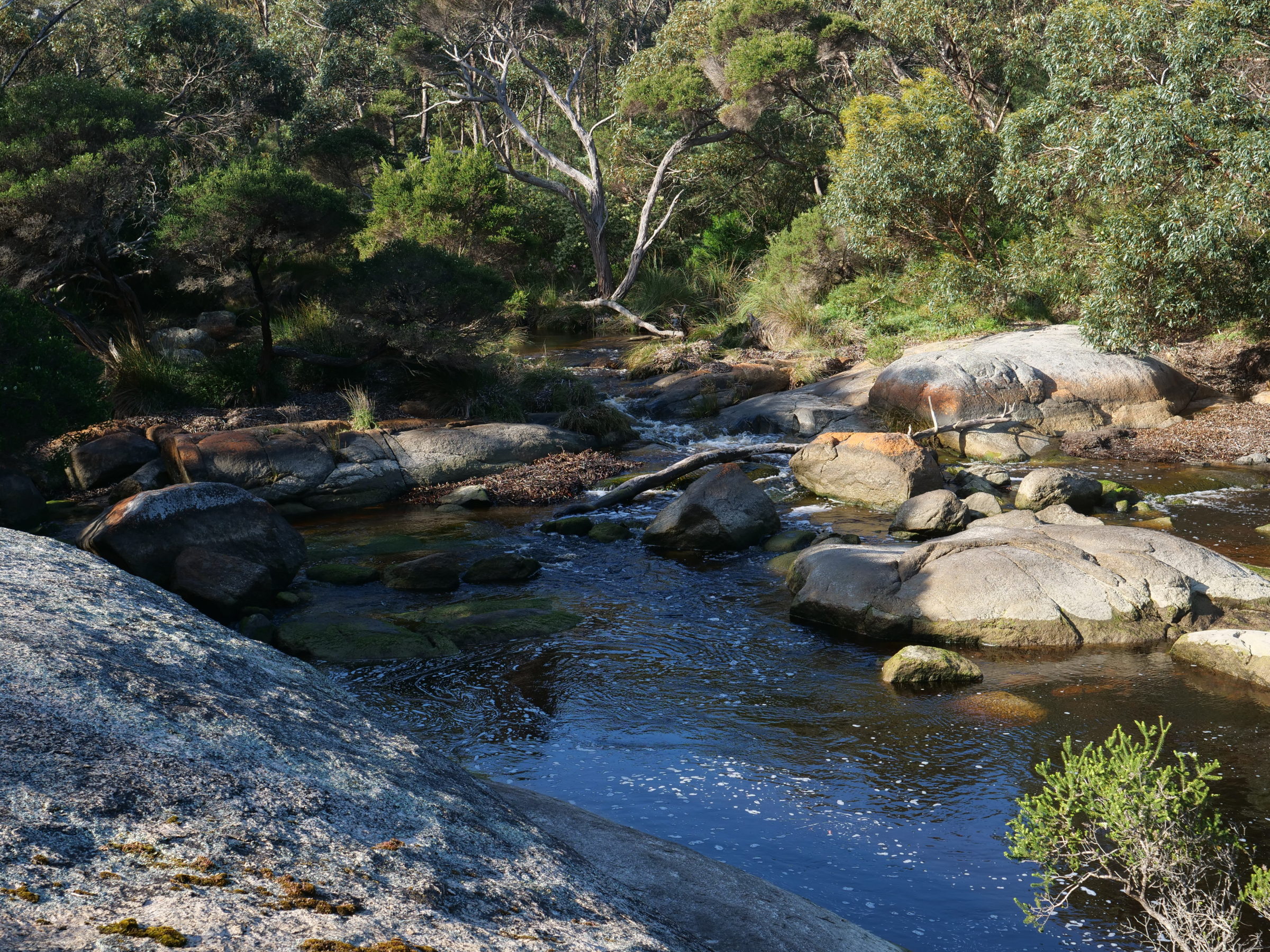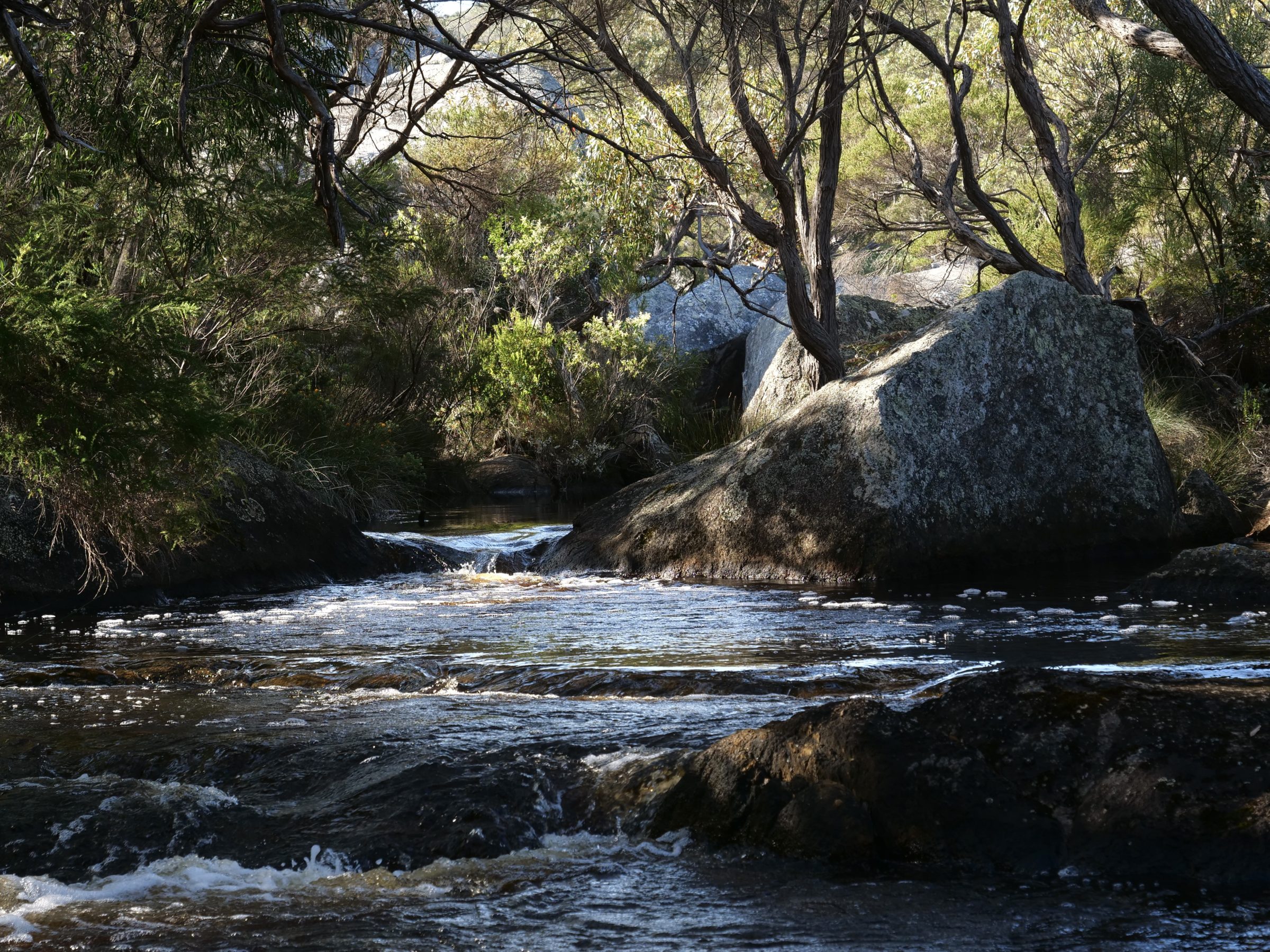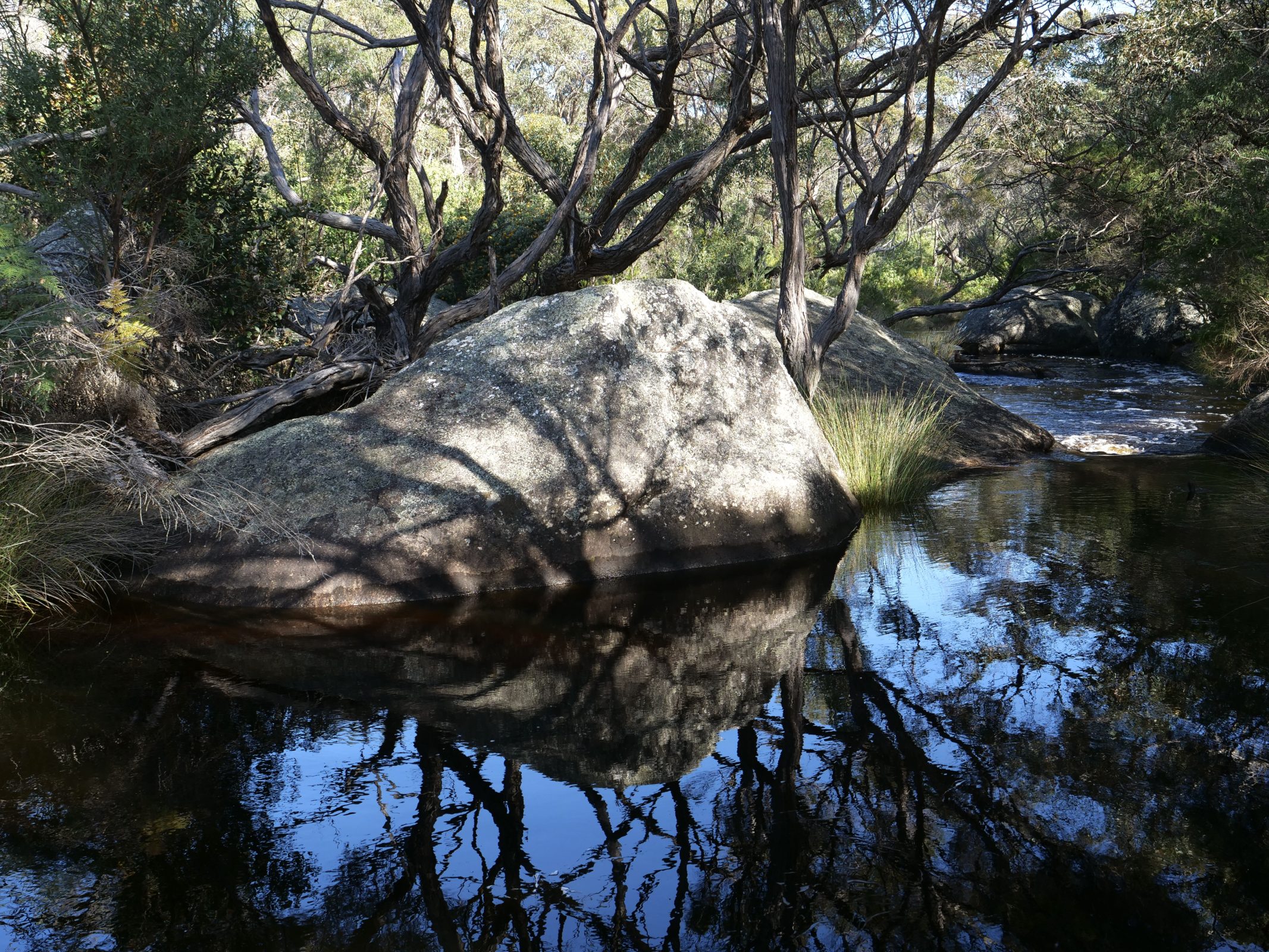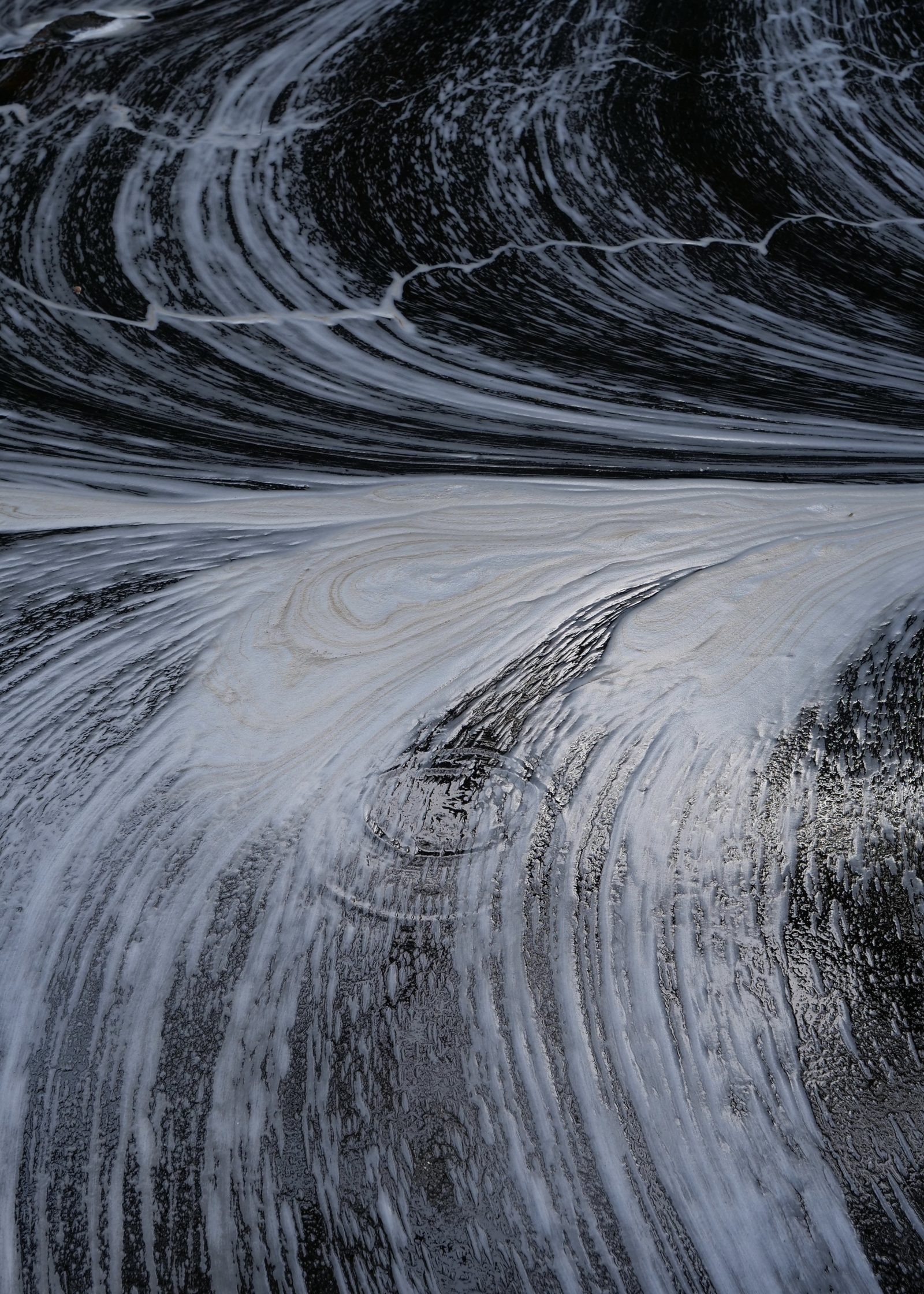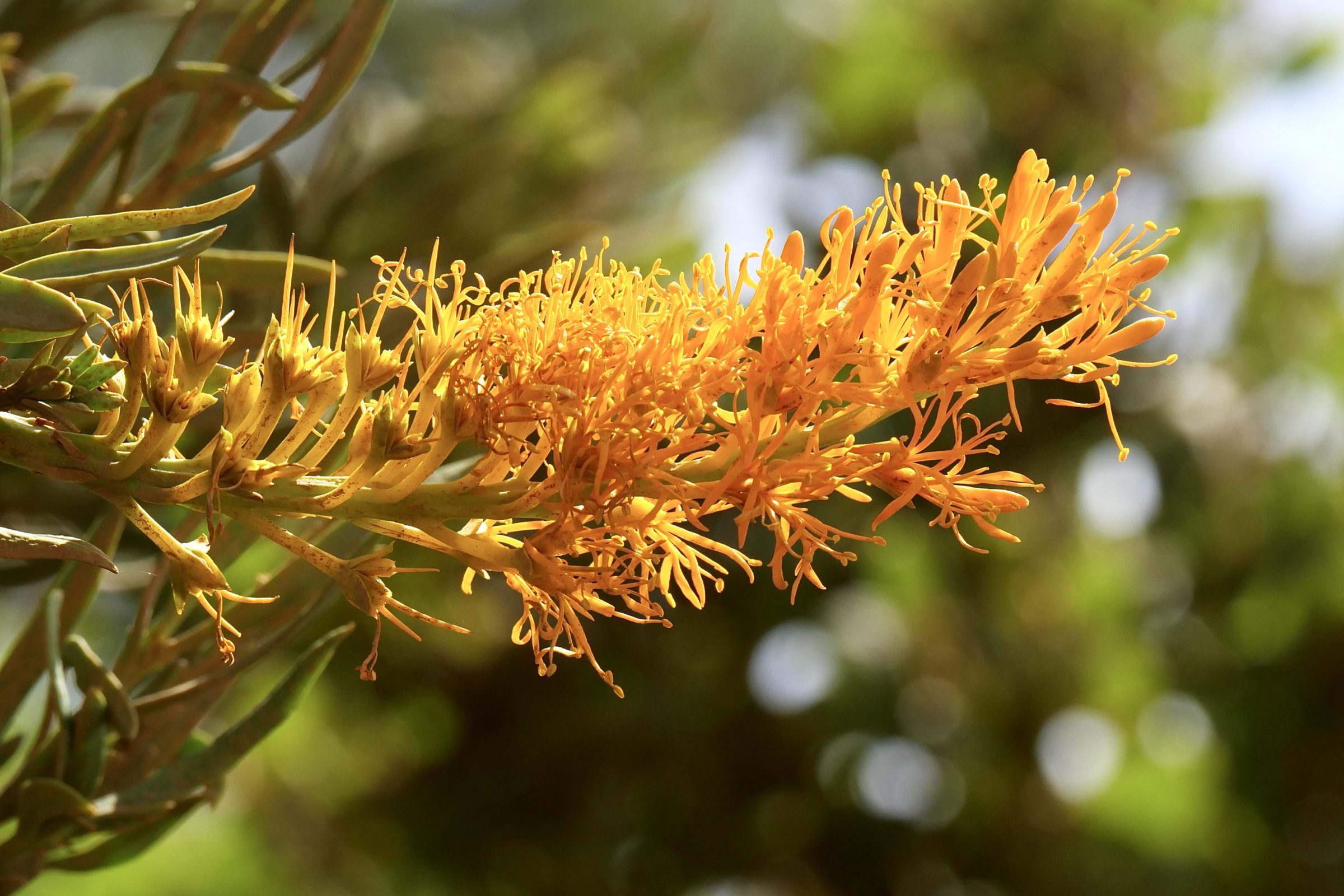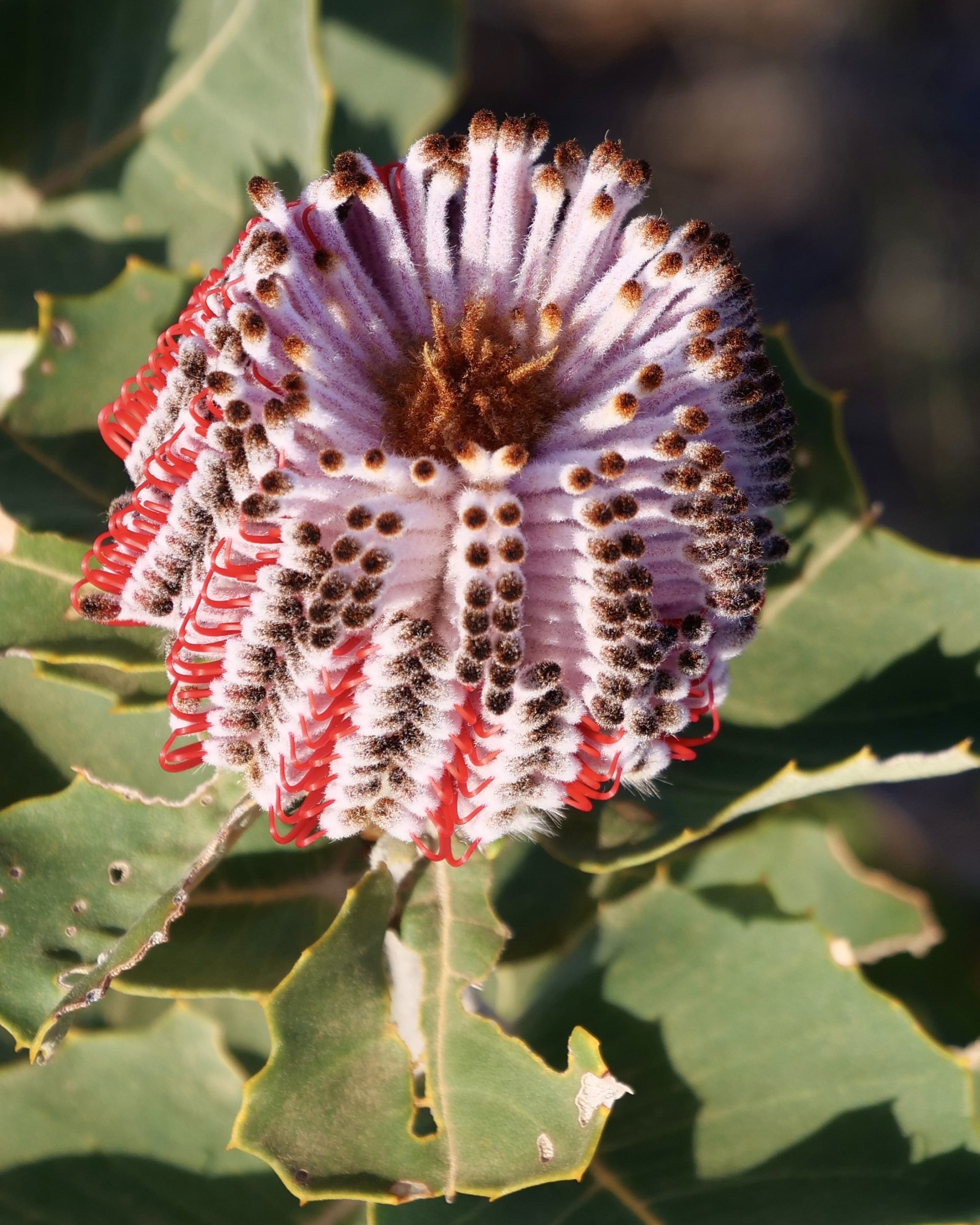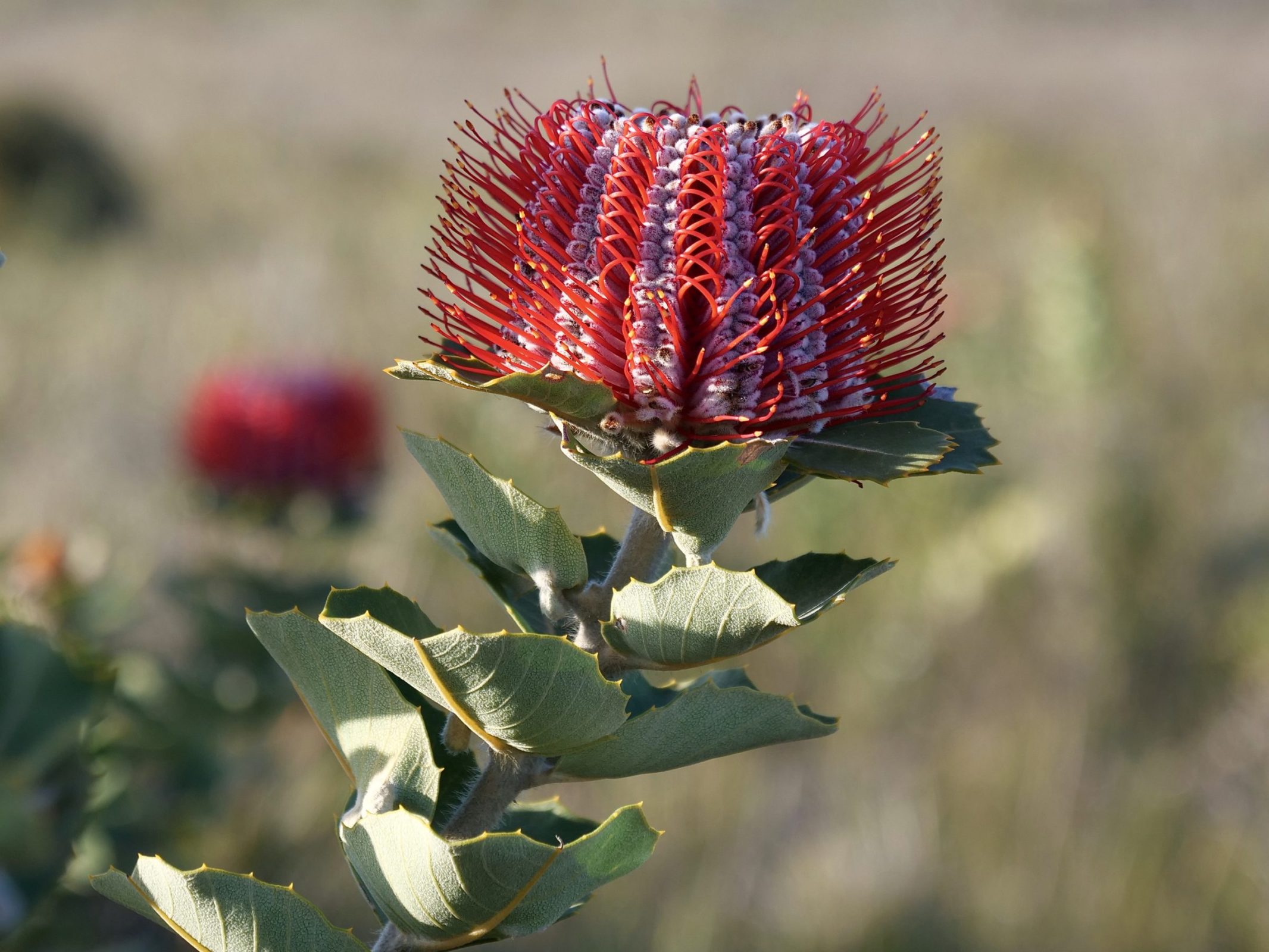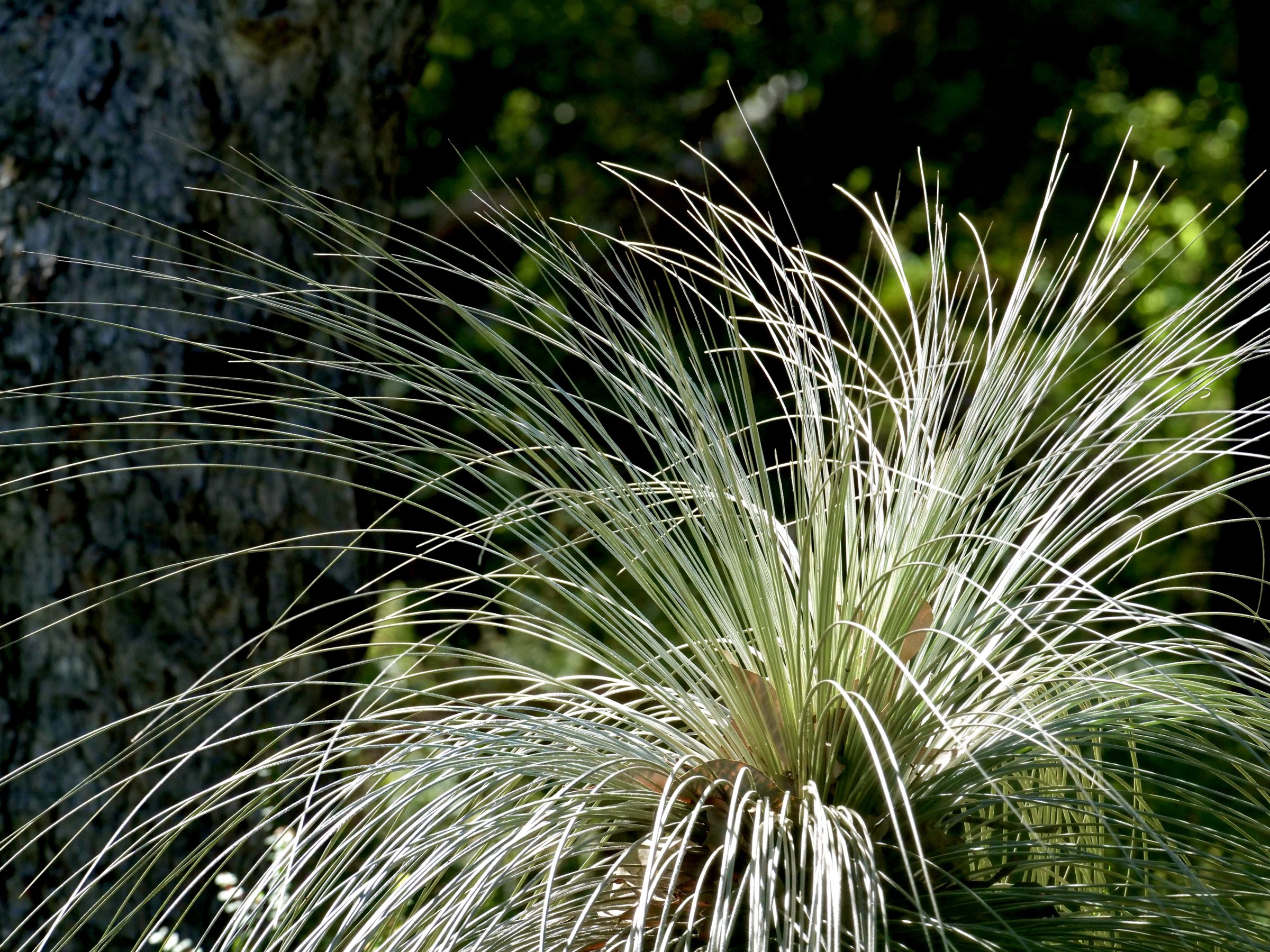The photo was taken at 1.57 pm on 15 March 2021, a little less than one hour before the one in #21 of this series.
#21 offered a telephoto view, focused on Waychinicup Inlet’s eastern shoreline, as viewed from midway along the inlet’s western side.
#22’s is a wide-angle (24mm) view, taken from the inlet’s northwest “corner”; it looks along the inlet’s western side, out to where the Southern Ocean meets the inlet.
Comments closed